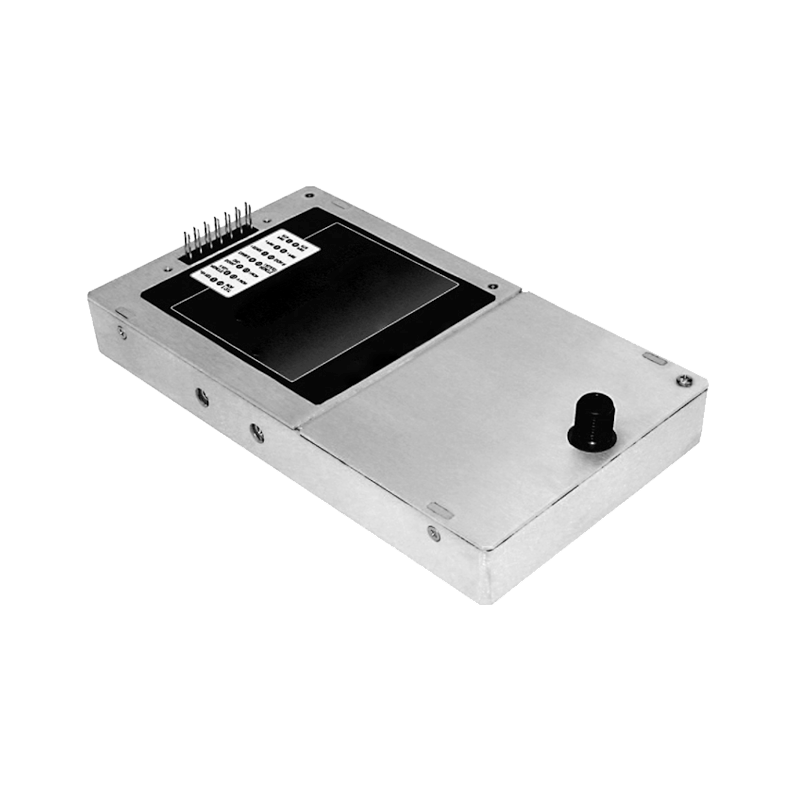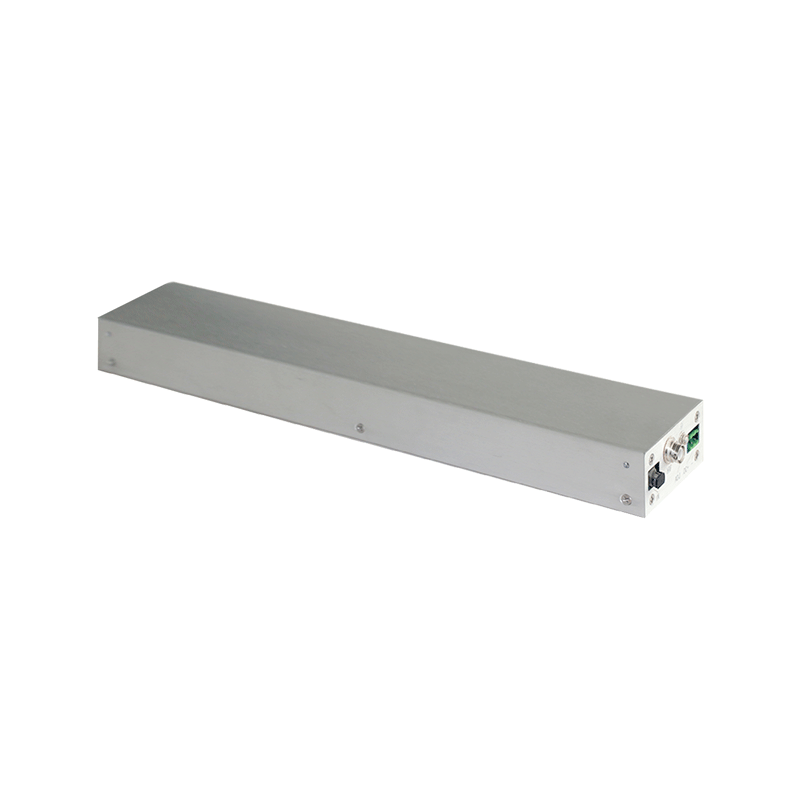Improvement of Multiplication Efficiency of High-Voltage Power Supply for Electron Multiplier
In many precision detection fields, the electron multiplier has become a key component due to its excellent ability to amplify weak signals. As the core element that drives the operation of the electron multiplier, the performance of the high-voltage power supply is directly related to the multiplication efficiency of the electron multiplier, and has a decisive impact on the sensitivity and accuracy of the entire detection system.
The operation of the electron multiplier is based on the secondary electron emission mechanism. When the initial electrons hit the surface of the dynode of the multiplier, multiple secondary electrons are excited. These secondary electrons are then accelerated by the electric field to hit the next-stage dynode. This process repeats, resulting in an exponential increase in the number of electrons. The high-voltage power supply provides the electric field required for electron acceleration in this process. The stability and accuracy of its output voltage are extremely crucial for the multiplication efficiency. If there are voltage fluctuations in the high-voltage power supply, the acceleration process of electrons between dynodes will be unstable, increasing the randomness of secondary electron emission. Some electrons cannot effectively participate in the multiplication process, thus reducing the overall multiplication efficiency.
To improve the multiplication efficiency of the high-voltage power supply for the electron multiplier, efforts need to be made in several aspects. Firstly, optimize the stability design of the power supply. By adopting advanced voltage regulation technologies, such as high-precision feedback control circuits, the output voltage is monitored in real-time and adjusted precisely, controlling the voltage fluctuation within a very small range. This ensures that electrons always hit the dynodes with stable energy, maximizing the consistency of secondary electron emission and thus improving the multiplication efficiency.
Expanding the voltage adjustment range of the high-voltage power supply is also an important measure. Different detection scenarios and electron multiplier models have different requirements for the optimal operating voltage. A high-voltage power supply with a wide range and continuously adjustable output voltage can be precisely matched according to actual needs, allowing the electron multiplier to operate under the most suitable voltage conditions and fully exploiting its multiplication potential.
In addition, the adoption of new power conversion technologies can also help improve efficiency. For example, some high-frequency switching power supply technologies, compared with traditional linear power supplies, have higher power conversion efficiency, can reduce energy loss, and lower the self-heating of the power supply. This ensures the stable operation of the power supply for a long time while providing a stable and reliable high-voltage output for the electron multiplier, indirectly improving the multiplication efficiency.
In the current context where the requirements for detection accuracy and sensitivity are becoming increasingly stringent, continuously improving the multiplication efficiency of the high-voltage power supply for the electron multiplier is of far-reaching significance for promoting the development of many fields such as scientific research, medical detection, and environmental monitoring, and is an important direction for the continuous progress of related technologies.




















